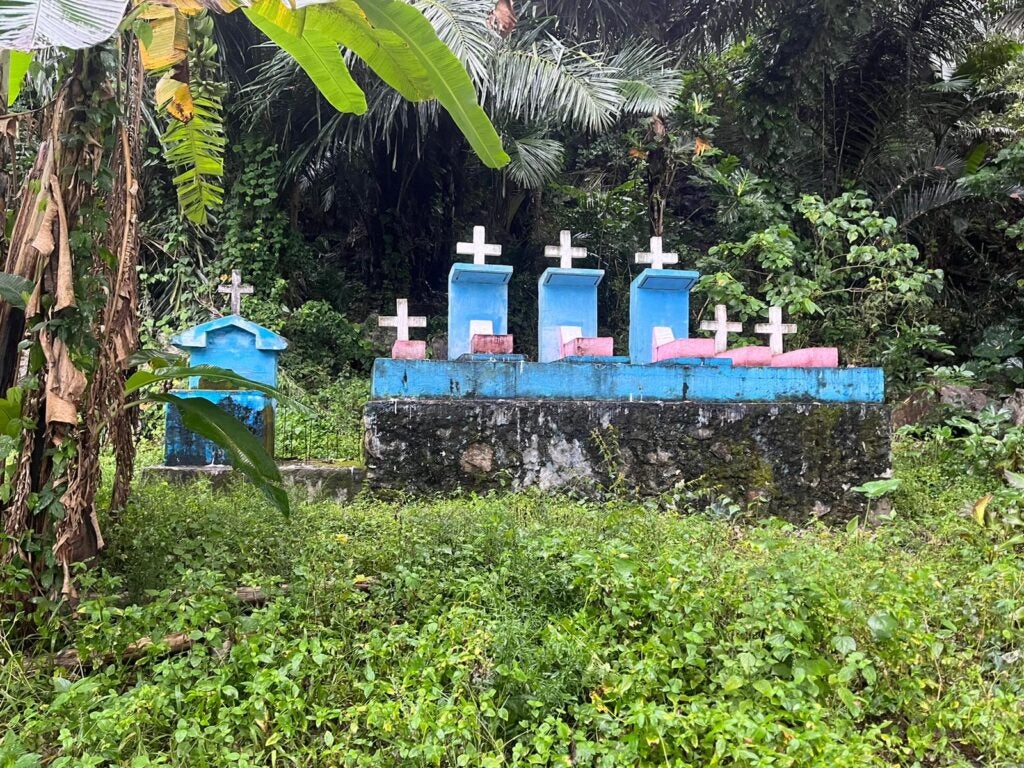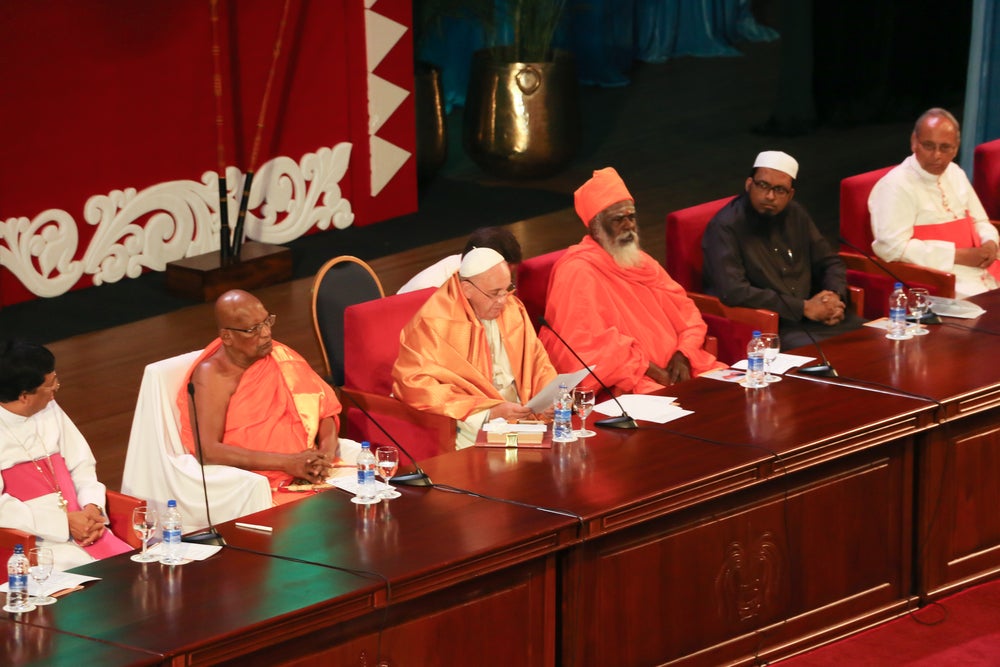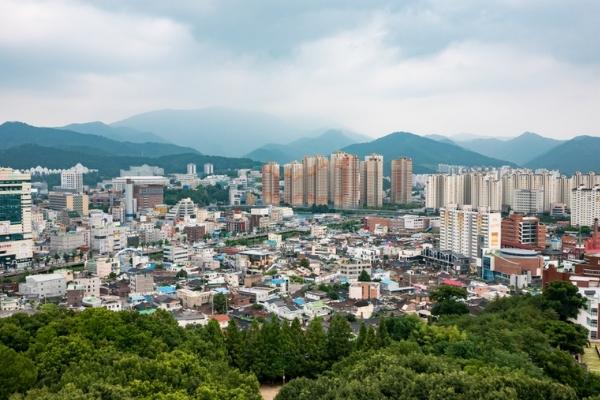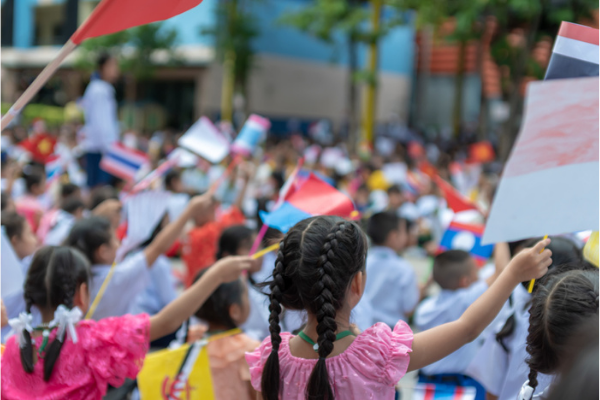Questioning Biases about Asian Catholicism: Lessons from East Timor
As part of my efforts to promote the Initiative for the Study of Asian Catholics (ISAC), I often ask Asian Catholics and people interested in Catholicism whether they know which Asian country has the highest percentage of Catholics. Almost every time, my interlocutors reply: The Philippines! But this is not true anymore. When I tell them that there is another Asian nation which is more Catholic than the Philippines, their guess wanders across Asia and rarely lands in the right place.
Not knowing which Asian nation is the most Catholic is not a crime. But this perception of my interlocutors is outdated. It is built upon biases which are not only historically and sociologically inaccurate but also detrimental to the analysis of Asian societies, colonial history, contemporary religions, and Asian Catholics themselves.
Today only 79.5 per cent of the population in the Philippines is Catholic. And despite what many believe, the archipelago is not the most Catholic country in Asia. Instead, the answer is East Timor, where approximately 97 per cent of the population is Catholic.
When presented with these statistics, my interlocutors usually have two responses. First, they say that East Timor is supposedly “a small country” which does not really matter. For sure, Timor is a relatively small island with only 1.3 million people. But its territory is still 20 times larger than Singapore. Furthermore, it is not necessarily peripheral, but lies at the intersection of several spheres of influence, from China, Indonesia, and Australia. The second comment relates to its Portuguese history. My interlocutors assume that its colonial past explains its current religious affiliation. Yes, the eastern part of Timor was a Portuguese colony from 1702 to 1975. But when the Portuguese left, only about 25 per cent of the population was Catholic. And this usually surprises and puzzles my interlocutors.

The case of East Timor is presented here as a religious conundrum, and one that deserves more critical attention. What has happened on this island in the last 50 years? Indeed, I argue that this story reveals the inadequacies of many of our current assumptions about religion and Asian Catholicism in particular.
When Portugal left Timor, Indonesia immediately invaded the former colony with the silent support of Australia. In more than two decades of its rule, Indonesia imposed a violent military occupation, which may have killed up to a quarter of the population. It was during this critical period that the population identified with Catholicism.
Several factors explain this rapid and massive shift.
First, Indonesia requires its citizens to declare one religion. For the Timorese who perceived their invader as overwhelmingly Muslim, Islam was not an appealing option. For centuries, Timorese beliefs of ancestor worship and animism have cohabited with Catholicism. Timorese knew that the papal religion had a wide international network and would not impose forceful conversions. Furthermore, in the 1980s, global Catholicism was still influenced by a liberal interpretation of the Council of Vatican II (1962–65). Missionaries interpreted most of the Timorese traditions and animist practices as part of their culture, something that should be welcomed into Christianity. Religious intransigence and breaking with ancestral traditions were not the norm of their Catholicism. In this theological context, joining Catholicism was an easier move. A final reason for the massive shift to Catholicism was that numerous prominent Catholic clergymen from East Timor were engaged in active efforts to denounce the bloody occupation of Indonesia. Through the efforts of figures such as Bishop Carlos Ximenes Belo, the controversial Nobel prize winner and former Apostolic Administrator of Dili, the capital city of East Timor, Catholicism was able to attract international attention and fight the injustice committed by the Indonesian army.

In other words, Timorese became Catholic not so much because of Catholic Portugal, but as a counter reaction to Muslim Indonesia. They became Catholic not so much by imposition from the outside as by strategic choice from the inside. They became Catholic not to break with their ancestral and animist past, but to preserve it. They became Catholic not to join an abstract international brotherhood, but to fight for national dignity and independence. They became Catholic not in pre-modern times but just a few years ago.
And these specificities are not only found in East Timor! Similar dynamics are at work among marginalised people in Northern Myanmar, Central Vietnam, or Northern India. But these specificities challenge what is frequently said about Catholicism in Asia. It is often claimed that Western colonisation explains the presence of Catholicism in Asia, a transnational and homogenous religious entity controlled by the Vatican. This narrative is spread by public media, secular powers, and clergy leaders. But little is said about the bimillennial presence of Christianity in South Asia, even less about the first papal envoy who came to Beijing in 1294 who was soon followed by a Chinese ambassador sent to the papal court in Avignon. Little is said as well about Chinese Catholics who brought their faith to islands that are now part of Indonesia or of the influence on Southeast Asia of tens of thousands of Catholics from pre-Edo Japan. The emphasis is on the role of the clergy and Western missionaries, not on what Asian laypeople and their kinship groups did. This extends even to Korea, where Catholicism was officially imported by laypeople but where Korean-born Fr. Andrew Kim is now celebrated as the most central figure of this story. In our collective imaginary, Asian Catholicism is seen as a Western import, indebted to European missionaries and their colonial allies. The emphasis is on its supposedly ambiguous, modern, and clerical origins. Few want to know how and why Asian Catholics remain Catholic today. Even fewer want to know how some Asian populations joined the papal religion in the twenty-first century.
But one last thing about East Timor. When I discuss its history, many emphasise how syncretic Timorese Catholicism is. Yes, it is true that many Timorese continue to believe in a variety of spirits and forces that some label as animistic beliefs. But what about American Catholics who believe in capitalism and its invisible hand? What about French Catholics and their hope for a powerful state that no one can grasp? What about Italian Catholics who visit Lourdes and bathe in its holy water? As cultural anthropologists and professionally trained theologians know all too well, there is no “pure” Catholicism. The religion of those who try to follow Jesus Christ in communion with the pope is always interwoven with the cultural sensibilities, economic ideologies, and political constraints of their time. This is not only part of being human, it is also part of following an incarnated and triune God. Catholicism in Asia is no less pure than in the West. It does not need greater clerical control and intellectual disdain.

As East Timor’s case illustrates with specific accuracy, there are many clichés about Asian Catholics which are problematic. Linking sociologists, anthropologists, and political scientists in various universities around the world, we launched the Initiative for the Study of Asian Catholics (ISAC) to precisely support research on contemporary Asian Catholics. In twenty-first century Asia, there is an urgent need to pay more attention to all Asian religions, including the one that is too easily presented as a colonial import that deprives people of their agency.
The study of Asian Catholics is not simply about religion; it is also about social cohesion, national identity, transnational migrations, international relations, as well as economic and political injustices; all of which are also important questions today. With Asian Catholics present in every single country of the continent with various types of schools, hospitals, social institutions, and accredited diplomats which promote specific values and agendas, they provide a unique window to analyse and compare Asian societies. Their demographically, politically, and culturally significant religious networks are essential for understanding Asian societies. With Asian Catholics playing a significant role within Catholic communities in North America, Europe, and the Middle East, as well as within most transnational religious orders of the Catholic Church and in the Vatican, they are an essential piece for understanding the current transformation and global influence of Catholicism. The social scientific study of Asian Catholics is an opportunity not only to revisit assumptions about global Catholicism—a highly institutionalised network of 1.3 billion people that actively engages with world politics and social affairs—but also to understand Asian societies and their global engagements.
The views expressed in this forum are those of the individual authors and do not represent the views of the Asia Research Institute, National University of Singapore, or the institutions to which the authors are attached.
Michel Chambon coordinates the Initiative for the Study of Asian Catholics (ISAC) and is currently researching Chinese Christianity. His most recent book Making Christ present in China: Actor-Network Theory and the Anthropology of Christianity, examines five Christian denominations in Nanping (Fujian Province, China) and questions the ways in which social science theorizes the unity and diversity of Christianity.









